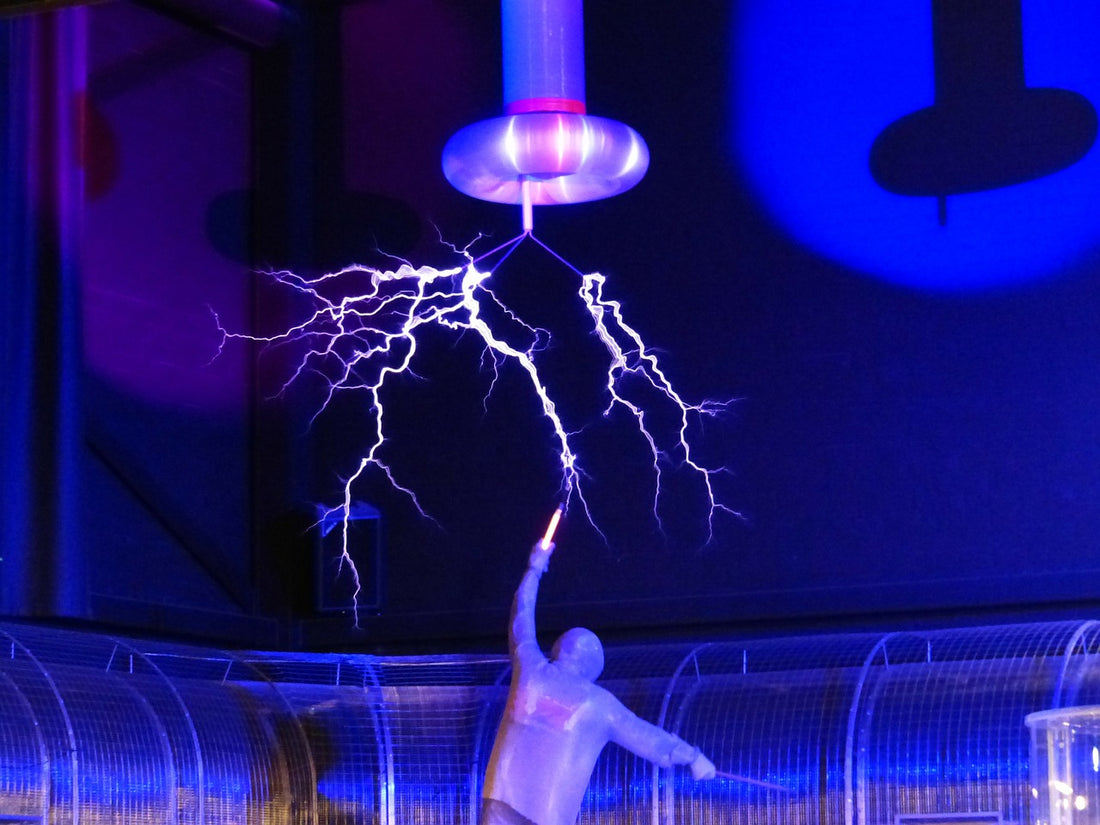Powering a dynamic loudspeaker’s not much different than a preamp or CD player because their inputs all have something in common. A coil of wire. In a speaker that is called the voice coil. In a piece of electronics, it is the power transformer.
Power transformers are not much more than two pieces of coiled wire wrapped around a whole bunch of heavy metal. The first coil of wire is called the primary and this is what a Power Plant or the AC plug connects to. The second coil of wire is internal to the amp or preamp and it is called the secondary. The first coil acts as an electro magnet, the second coil uses that magnetic field to generate a voltage to power the equipment.
Driving coils is not an easy task because they are demanding pieces of wire. They insist on low impedance, and the lower that impedance the happier they are. This is the crux of what we have been discussing for the past few days. In a power amplifier/loudspeaker relationship we talk of low impedance in terms of damping factor and, as audiophiles, we know this figure is important.
Rarely do we give the same respect to power transformers and they are feeling left out. Let’s try and fix that.
We remember from this post that part of the formula for calculating damping factor is to include the connecting cable. The same can be said of powering transformers, only we have a different name for this connecting cable. Instead of speaker cable, we call it a power cable.
So the first bit we want to absorb in our quest to better drive a coil is that cables matter. If the goal is low impedance—and I assure you it is—then the heaviest gauge power cable you can manage is going to matter.
More tomorrow.









